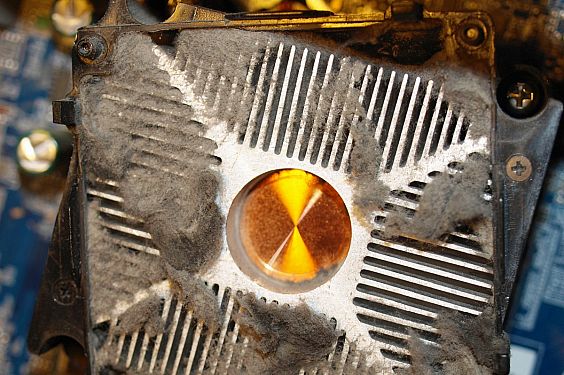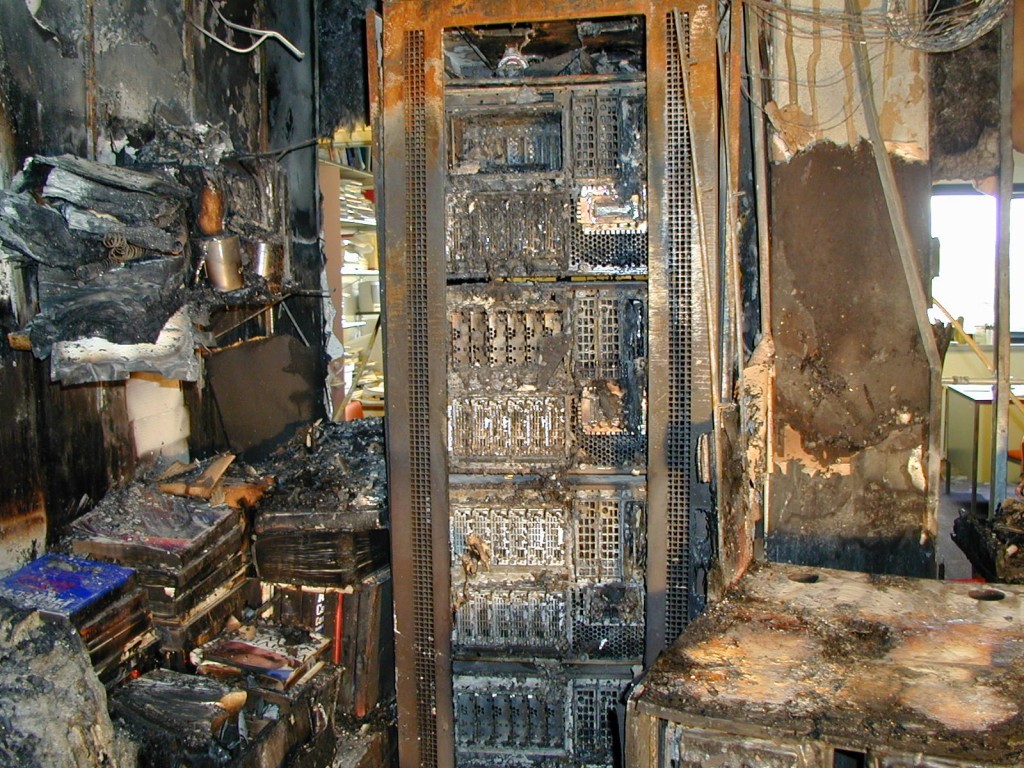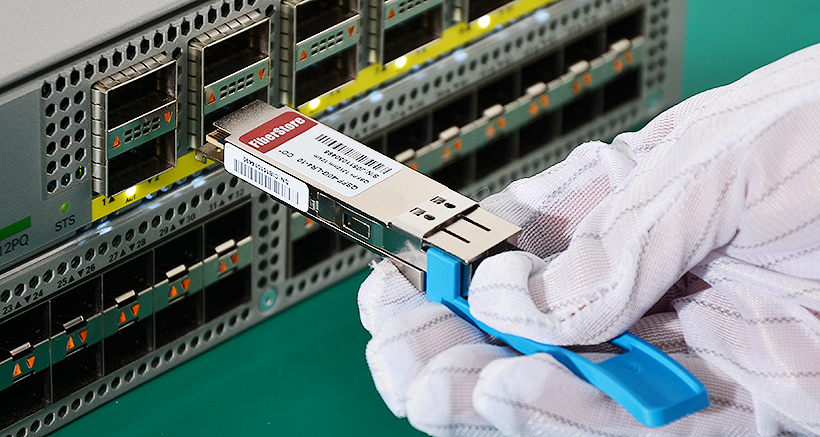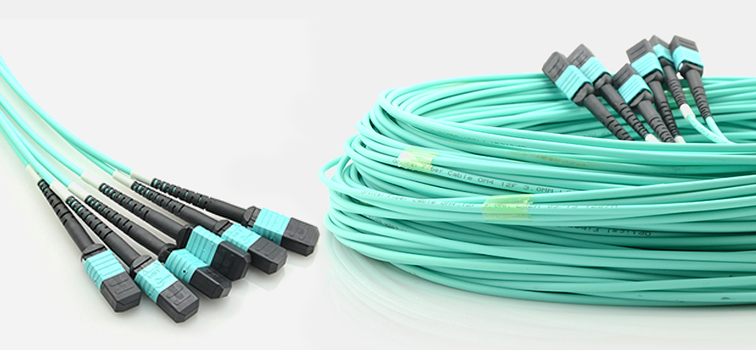Dust and dirt in data center could be a nightmare that troubles most of the telecom engineers. Now and then as they try to put their fingers on a distribution cabinet or a patch panel in a data center, the fingers are always stained by dust or dirt. However, this annoying situation is not rare for those engineers working in the field of telecommunication. Some of them may have realized the importance of cleanliness in data center, but they seldom take action to remove the dust and dirt. It means people simply attach less importance to keep the data center clean enough. Some contaminants can easily be seen or checked by eyes and hands, but there are still myriads of them existing inside the equipment which may lead to disastrous consequences such as overheating as well as various network failures if no proper action was taken to clean.
The Importance of Cleaning Data Center
Imagine what would happen if there is no regular cleaning in the data center? As it was mentioned above, the most direct result of contaminant is overheating. Since dust and pollutants in the data center are usually light-weight, If there is air flow, dust or dirt will move with it. The cooling system of the data center is depending largely on server fan which can bring the dust and dirt into the cooling system. The accumulation of these contaminant can cause fan failure or static discharge inside equipment. The heat dissipation will need more time and heat emission efficiency is limited. The following picture shows the contaminant at a server fan air intake that can explain this phenomenon.
As the cooling system is affected by the dust and dirt, the risk of the data center increases largely. Contaminants will capture every possible place in the data center where they are capable of. In addition, data center nowadays relies heavily on electronic equipment and fiber optic components like fiber optic connectors, which are very sensitive to contaminants. Problems like power failures, loss of data and short circuit might happen if the contaminants are not removed completely. What’s worse, short circuit might cause fire in the data center, which could lead to irreparable damage. The following picture shows the data center after a fire. It is really a disaster for the data center managers.
Dust and dirt can also influence the life span of data center equipment as well as their operation. The uptime of a data center may decrease if there are too many contaminants. Cleaning the data center regularly would help to reduce data center downtime and extend the life span of data center infrastructure equipment. It is proved to be cost efficient and energy saving comparing with restarting the data center or repairing the equipment.
Furthermore, data center cleanliness can offer an aesthetic appeal to a clean and dust-free environment. Although it is not the main purpose, a clean data center can present a more desirable working environment for telecom engineers, especially for those who need to install cable under a raised floor or working overhead racks and cabinet. No one would reject a cleaning data center.
Contaminants Sources of Data Center
There is no doubt that data center cleanliness is necessary. But how to keep the data center clean? Before taking action, source of contaminants in the data center should be taken into consideration. Generally, there are two main sources. One is inside the data center, and the other is from outside of the data center. The internal contaminants are usually particles from air conditioning unit fan belt wear, toner dust, packaging and construction materials, human hair and clothing as well as zinc whiskers from electroplated steel floor plates. The external sources of contamination include cars, electricity generation, sea salt, natural and artificial fibers, plant pollen and wind-blown dust.
Data Center Cleaning and Contaminants Prevention
- Reduce the data center access. It is recommended that limited access to only necessary personnel can reduce the external contaminants.
- Sticky mats should be used at the entrances to the raised floor, which can eliminate the contaminants from shoes largely.
- Never unpack new equipment inside the data center, establish a staging area outside the data center for unpacking and assembling equipment.
- No food, drink or smoking in the data center.
- Typically all sites are required to have fresh air make-up to the data center, remember to replace on a regular basis.
- Cleaning frequency depends on activity in the data center. Floor vacuuming should be more often as the traffic in the data center increased.
- Inspect and clean the fiber optic components regularly, especially for fiber optic connector and interface of switches and transceivers.
- The inside and outside of racks and cabinets should be cleaned.
Conclusion
Data center operates like an information factory nowadays as it processes countless data and information as well. Therefore, the cleanliness of the data center becomes increasingly important. If this essential “factory” is polluted by dust and dirt, it will eventually fail to provide reliable and qualified services. Not to mention that a clean data center could ensure a much more extended life span of equipment and applications thus to effectively save a great amount of money for the maintenance.









